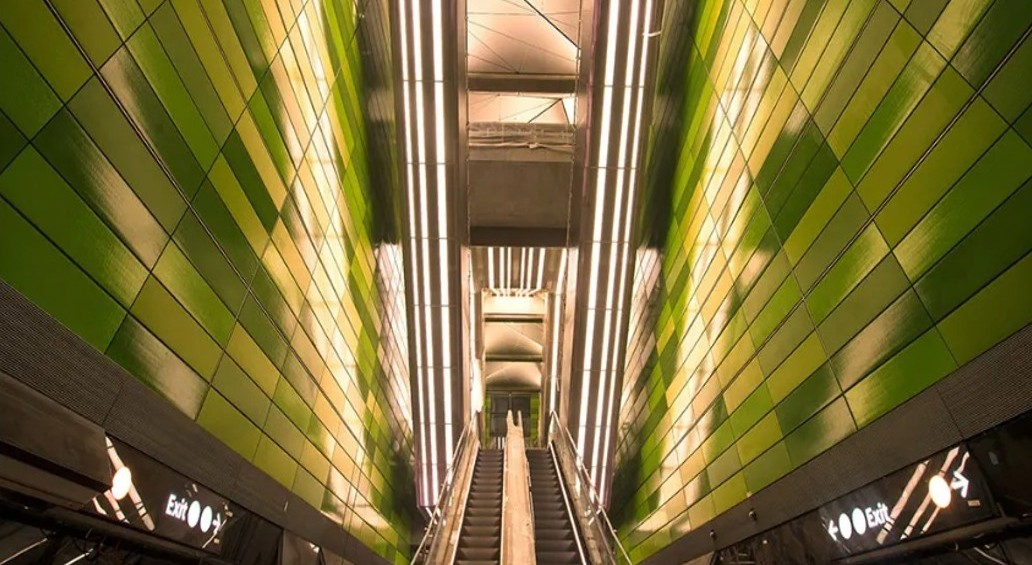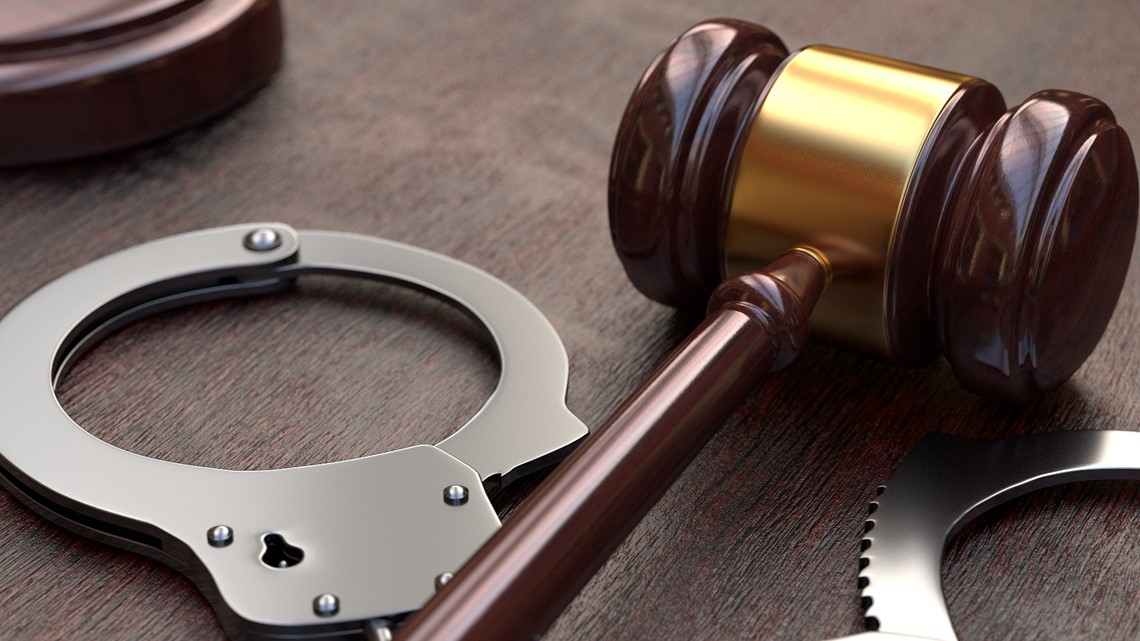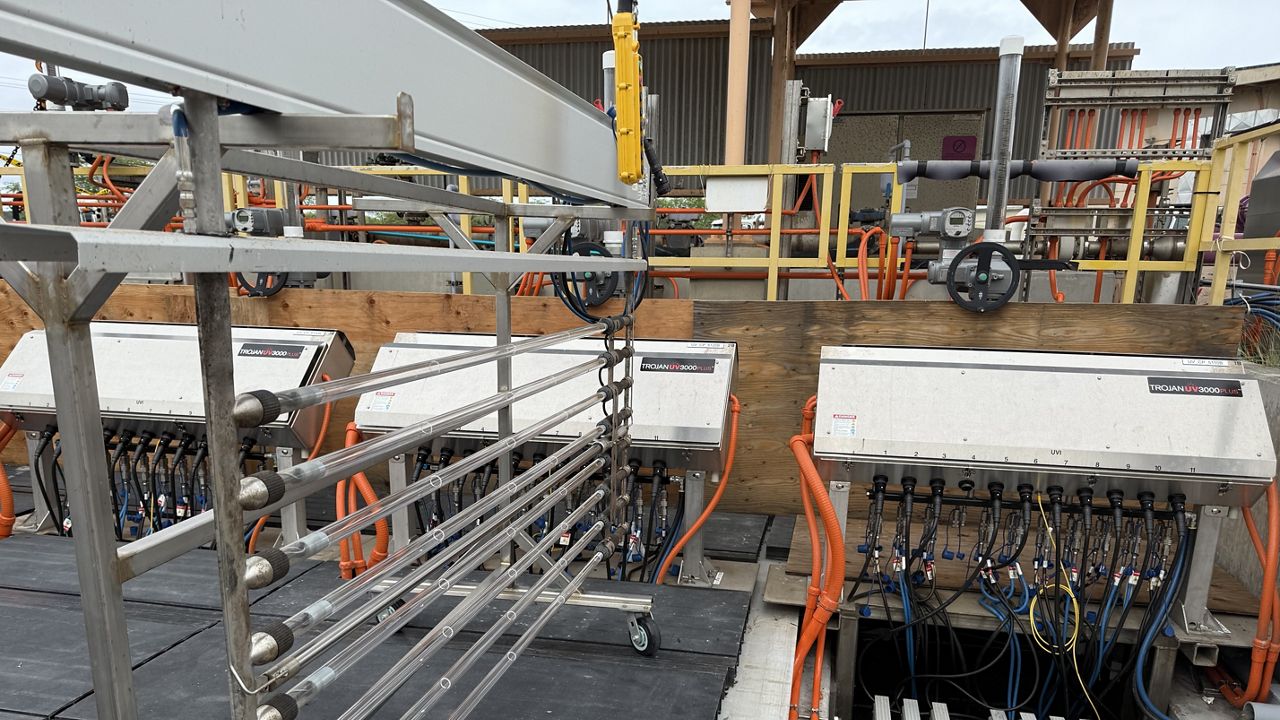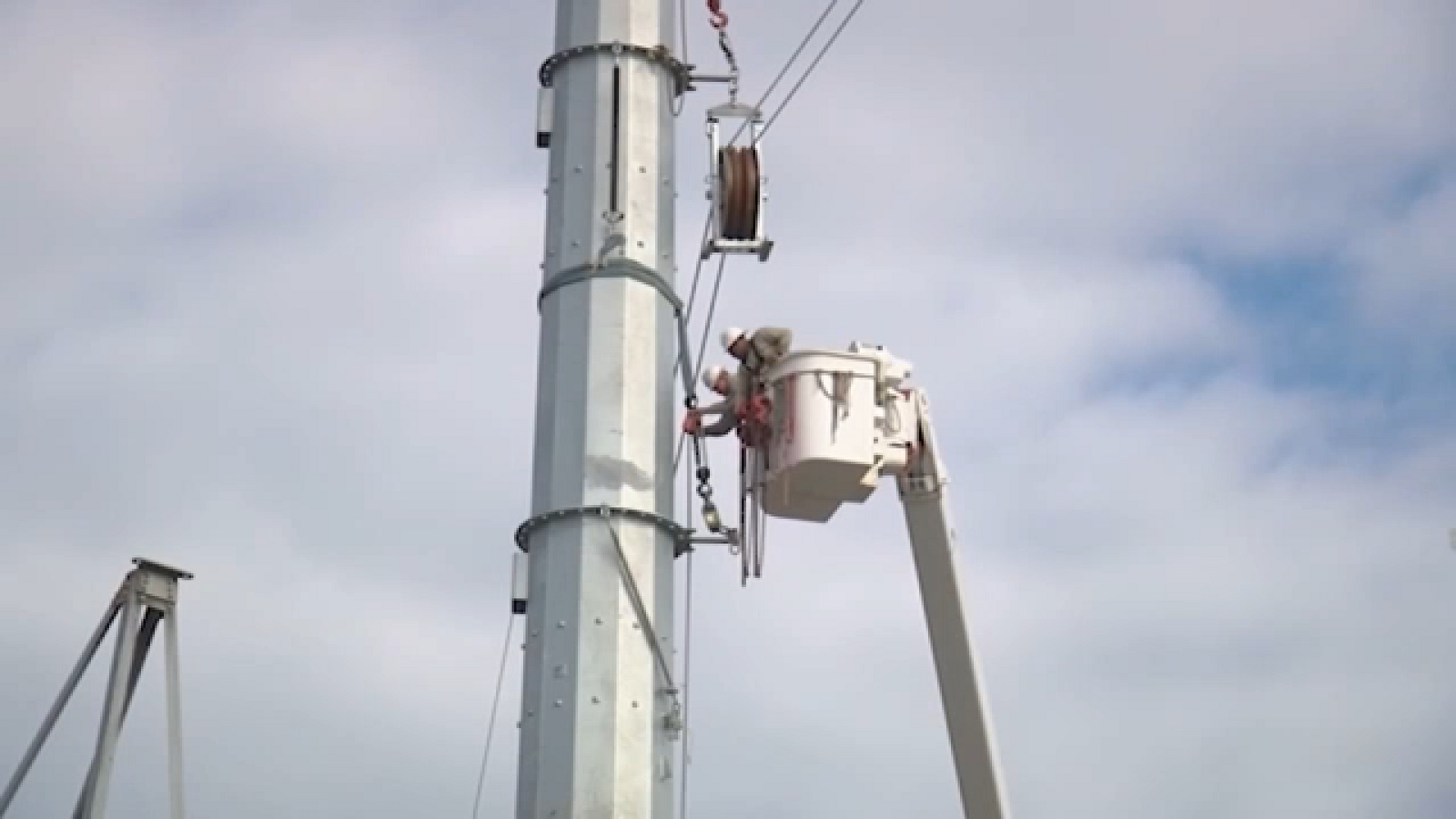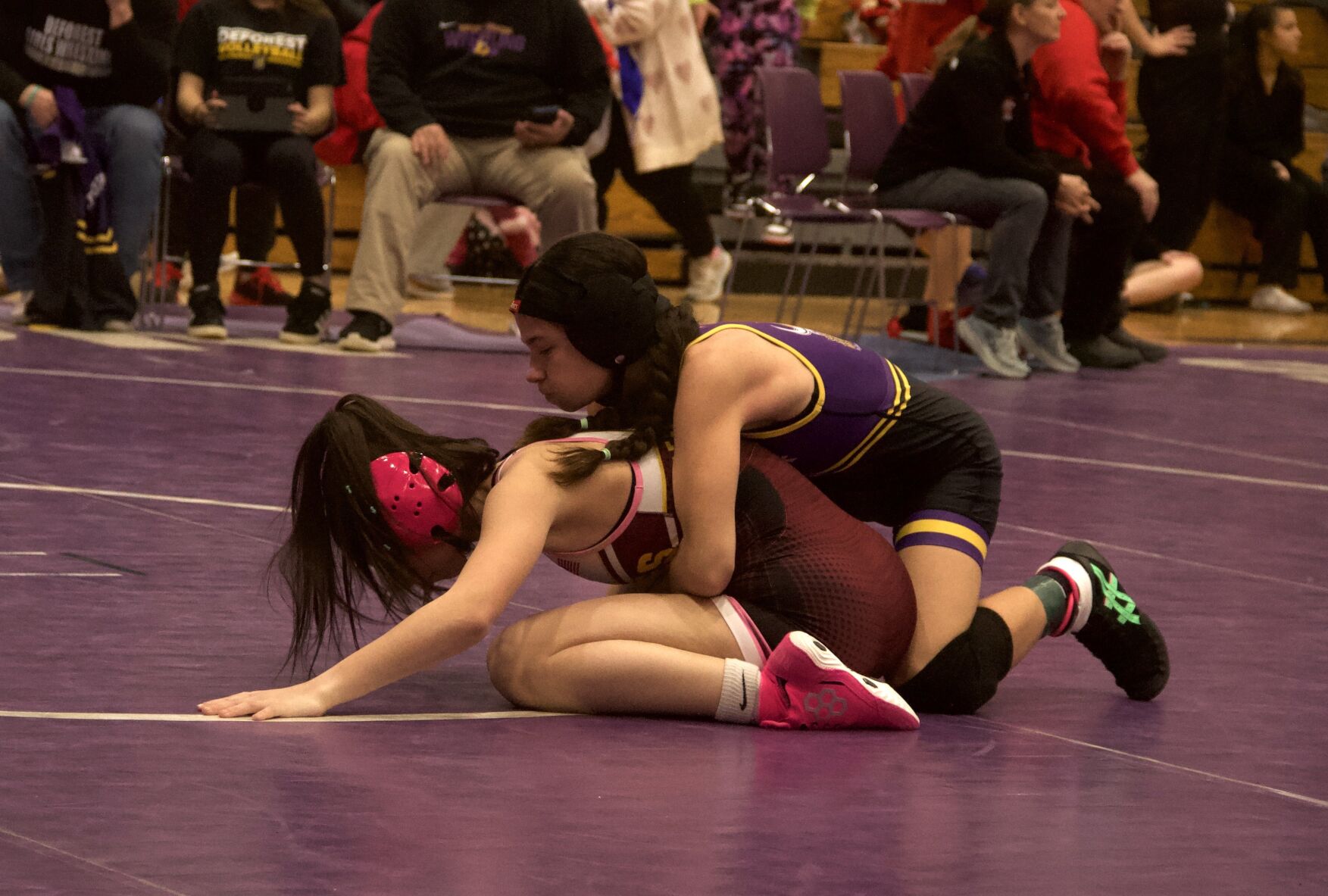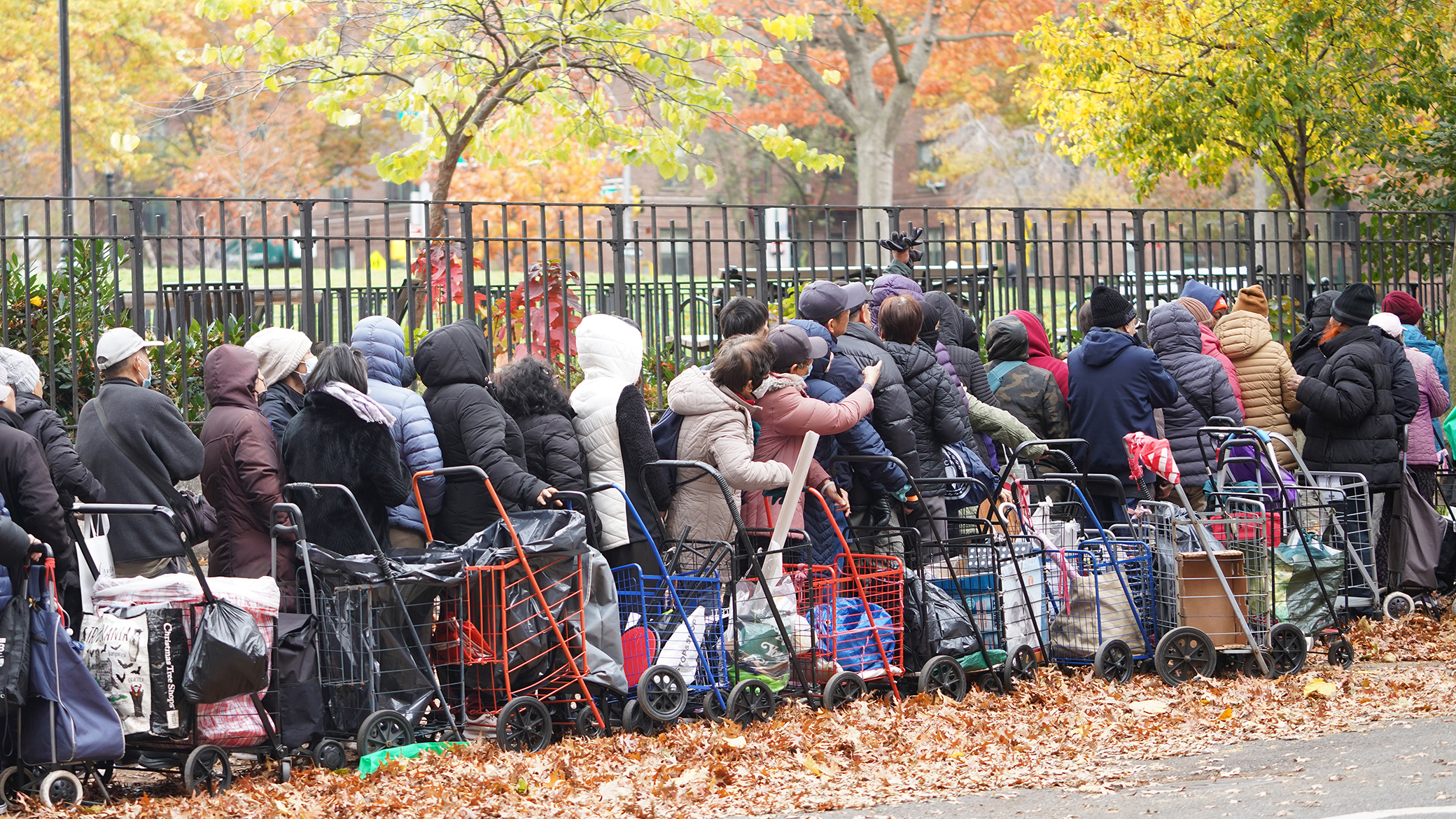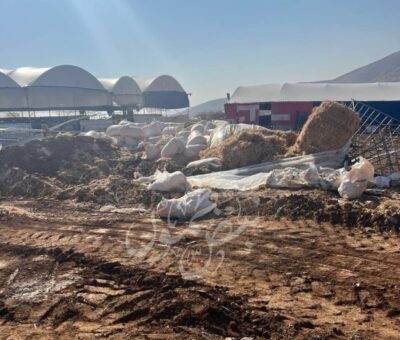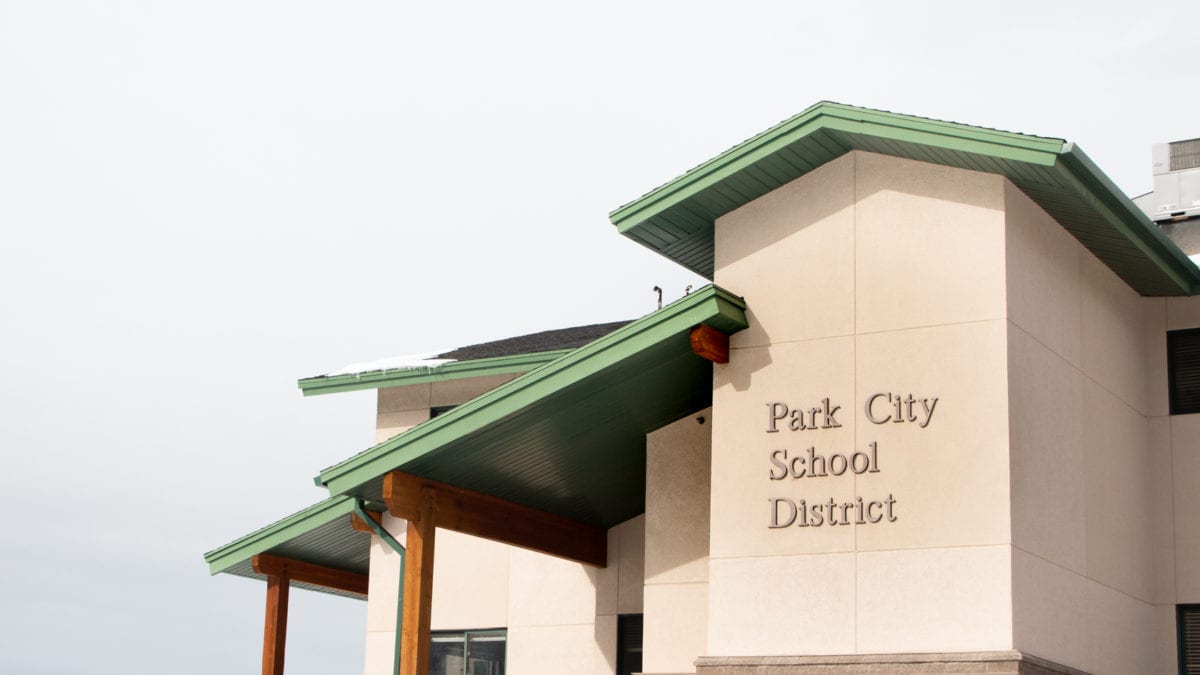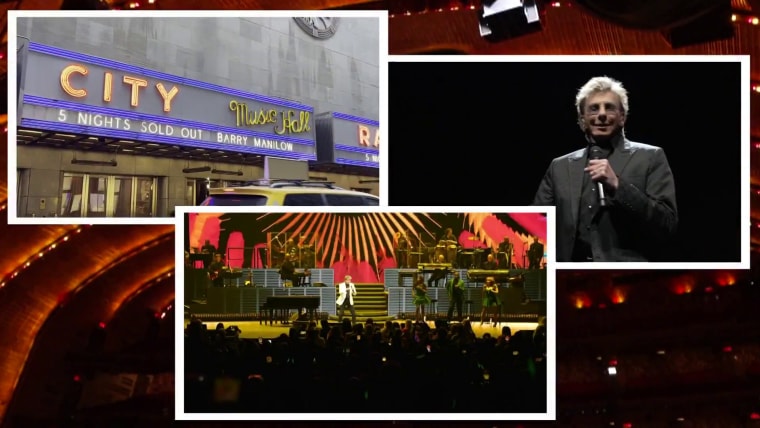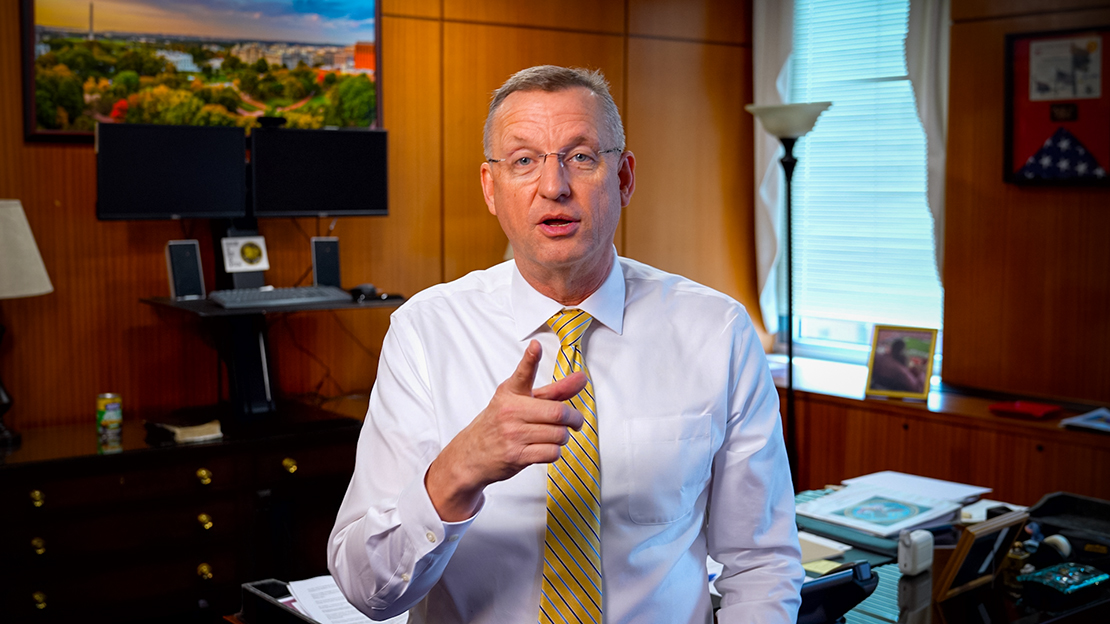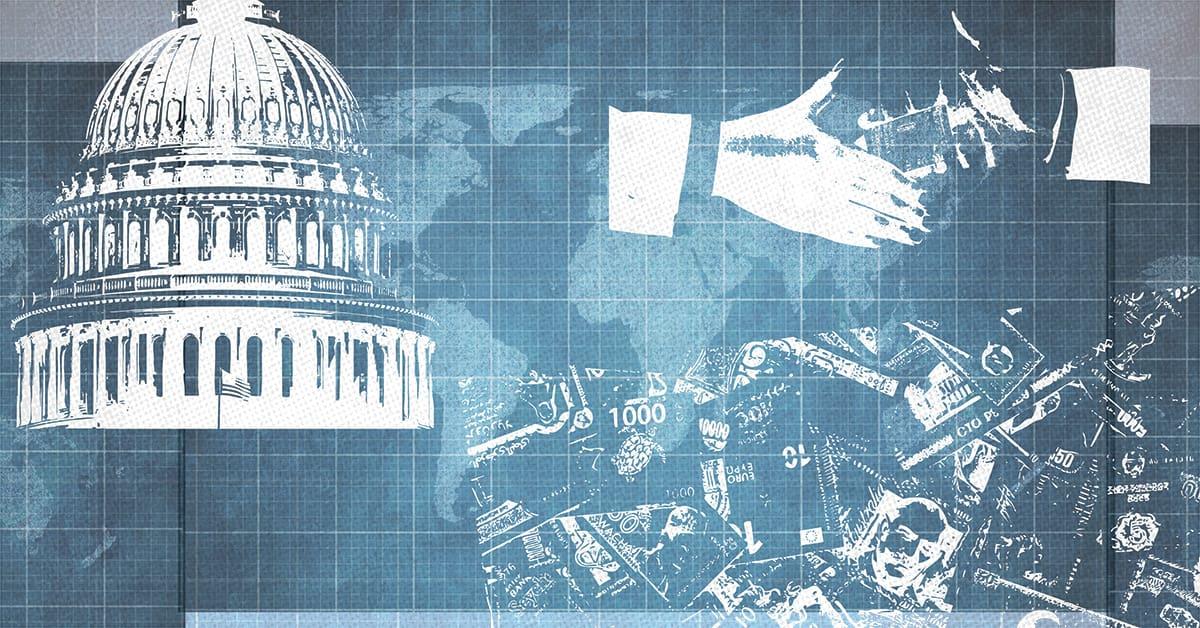Pro-Palestinian Student Protests: Navigating Campus Activism and the Path to Global Equity

The article delves into the intensifying pro-Palestinian student protests on college campuses across the United States and globally, particularly in response to Israel's actions during the war in Gaza. It highlights the multifaceted nature of the protests, the responses of universities, and the broader societal implications.
Relating this to the UN Sustainable Development Goals (SDGs), several goals are relevant:
-
Goal 10: Reduced Inequalities: The protests reflect students' concerns about inequality and injustice, particularly regarding the treatment of Palestinians. By advocating for divestment from Israel and raising awareness about the Palestinian cause, students aim to address systemic inequalities and injustices.
-
Goal 16: Peace, Justice and Strong Institutions: The protests raise questions about justice, freedom of speech, and the role of institutions in managing conflicts and upholding human rights. They also highlight the need for peaceful resolutions to conflicts, including the Israel-Palestine conflict.
-
Goal 4: Quality Education: The article mentions resources provided to help students better understand the protests and the underlying issues. This aligns with Goal 4, which emphasizes the importance of quality education in promoting understanding, tolerance, and peaceful coexistence.
-
Goal 5: Gender Equality: While not explicitly mentioned in the article, student activism often intersects with gender equality issues. Therefore, efforts to address inequalities and promote justice in the context of the protests can contribute to advancing gender equality.
-
Goal 17: Partnerships: The article mentions various perspectives, resources, and strategies used to understand and address the protests. This highlights the importance of collaboration and partnerships among stakeholders, including educators, students, activists, and institutions, to address complex challenges and promote sustainable solutions.
Overall, the article underscores the interconnectedness of social, political, and humanitarian issues, and the role of education, activism, and collaboration in addressing them in alignment with the UN SDGs.
Teaching and Learning About the Pro-Palestinian Student
Protests on College Campuses
A collection of resources and critical-thinking questions to help students better understand the protest movement and consider the complex issues it raises.
Since the start of Israel’s war in Gaza in retaliation for the Oct. 7 attacks by Hamas, students at scores of colleges and universities across the United States and in other countries have protested in support of Palestinians and called for their schools to divest from Israel.
As the war in Gaza has escalated, universities have been caught in an often bitter debate over how to handle the protests. And over the past few weeks, students at many universities have intensified their protests and built encampments on campus. Several universities have begun calling in the police to arrest the protesters and to clear these encampments.
In this teaching resource, we draw on recent articles, photos, audio, video and maps to help students understand what is happening and why. Use the list below to choose the topics and materials that are right for your students. (For instance, some teachers may wish to begin with the personal questions we pose in our final section, about high schools, rather than to end with them.)
You might also borrow from the advice and strategies suggested by Facing History and Ourselves in centering humanity while following news of the Israel-Gaza war, or via the many teacher guides on the conflict offered by Solutions Not Sides.
Over the past few weeks, tensions have escalated over pro-Palestinian student encampments at college campuses nationwide, with a growing number of colleges and universities turning to the police to remove protesters and threatening them with disciplinary action.
Here are some Times resources to help students understand these events:
Overview: An explainer article “What to Know About the Campus Protests Over the Israel-Hamas War” addresses some basic questions: who, why, where and how.
Photos and videos: The collection “Scenes From the Student Protests Churning Across the Country” is regularly updated.
Audio: “The Crackdown on Student Protesters,” the April 25 episode of “The Daily,” features both a Times reporter and the editor in chief of Columbia’s college newspaper. A May 4 episode, “The Protesters and the President,” includes President Biden’s response.
Map: See where protesters have been arrested or detained on U.S. college campuses since April 18.
Voices of student journalists: If your students are already familiar with what is happening and why, perhaps the best way to get fuller context is to hear from student reporters on the ground. Below, some places to start:
PBS NewsHour, in the above video: “Student journalists discuss covering the campus protests against Israel’s war in Gaza.”
Columbia Daily Spectator: “Our Campus. Our Crisis.” Inside the encampments and crackdowns that shook American politics. A report by the student journalists of the Columbia Daily Spectator in collaboration with New York magazine.
NPR: “How these University of Texas-Austin students view Gaza war protests on their campus.”
Teen Vogue: “Student journalists covering the campus protests at U.C.L.A., the University of Texas-Austin, City College of New York are writing history” and “College students reflect on graduation amid massive campus protests.”
Politico: “What’s really happening on college campuses, according to student journalists.”
In addition, students might consult the campus newspapers of any of the colleges or universities that interest them, whether of the City College of New York, U.C.L.A., University of Texas-Austin or any other.
Responding and Discussing
Students might begin by “noticing” and “wondering” about what they read and saw, using questions like the ones below. They can do this privately in their journals, as partners, via small group discussions, as a whole class — or in some combination:
What do you notice? What quotes or images stand out for you, and why?
What do you wonder? What questions do you have about what is happening and why it is happening?
What connections can you make? How does this issue relate to you and your community?
However you handle class discussion of these sensitive topics, Facing History has additional ideas for protocols. You might consider trying strategies like Save the Last Word for Me; Head, Heart, Conscience; or Big Paper.
To give your students a bit more context for what is happening on college campuses, and to help them appreciate some of the underlying issues and questions, we provide brief explanations of various topics as well as links to related Times articles. (Please remember that all links from The Learning Network to Times content are free, but only if you access them by clicking directly from our site.)
Background
Hamas’s attack on Israel: On Oct. 7, Hamas, the Islamic group that controls the Gaza Strip, mounted a highly coordinated invasion of Israel, with terrorists attacking towns and killing people in their homes and on the streets. More than 1,200 Israelis died, including more than 100 young revelers who were dancing at an outdoor rave. Over 240 Israelis were taken hostage by Hamas, around 100 of whom remain in Gaza. The attack was the deadliest on Israel since its founding.
Israel’s war in Gaza and the ensuing humanitarian crisis: In response, Israel launched in Gaza one of the most intense military campaigns in modern history. So far, Israel’s forces have killed more than 33,000 Palestinians, a majority of them women and children, according to Gaza health officials, and have displaced more than 80 percent of the enclave’s surviving population, according to the United Nations. The leader of the World Food Program recently said that parts of the Gaza Strip were experiencing a “full-blown famine” that is spreading across the territory.
A long, contested history: The current war is part of a long history of conflict in the region. Students can learn more in this detailed Times explainer from The Times. It uses as a starting point 1920, when the British mandate for Palestine was established: “Over the following decades, two nationalisms, Palestinian and Jewish, took root on the same land and began to compete in a way that has ever since proved irreconcilable. The Arab population wanted what every native majority wants — self-determination. Jews who immigrated in growing numbers wanted what persecuted minorities almost never attain — a haven, in their ancient homeland.”
Understanding the Protests
Calls for a cease-fire: Most immediately, protesters are demanding an end to Israel’s war in Gaza. They say that Israel is committing what they see as genocide against the Palestinian people, and they aim to keep a spotlight on the suffering in Gaza. (Facing History provides an explainer for what genocide means.)
Demands for university divestment: Students are also calling on their colleges and universities to make transparent all financial holdings and to divest from, or cut financial ties with, Israel or companies they say are profiting from its invasion of Gaza. But, as the Times has reported, divesting can be challenging for universities to do, even if they want to.
Links to a broader global struggle: In many activists’ eyes, the Gaza conflict is a struggle for justice, tied to issues closer to home, such as policing, mistreatment of Indigenous people, discrimination toward Black Americans and the impact of global warming.
Key Issues and Questions
Charges of antisemitism: Many Jewish students have reported feeling unsafe on campus — either because of overt threats or attacks, or because of speech that the students consider offensive and antisemitic. Part of the problem for universities is defining when pro-Palestinian political speech during a time of war crosses the line into antisemitism. And the question is made even more complicated because there is no consensus about what, precisely, constitutes antisemitism. Students can read this article about how universities are struggling to define what makes a protest antisemitic, and this article about how even the definition of antisemitism is the subject of bitter debate.
Concerns about freedom of speech: Protesters on college campuses have often cited the First Amendment as grounds for allowing their protests to continue unhampered. But while college administrators have called the right to free speech “vital,” they have also pointed out that it is not unlimited. And universities have said that they needed to call in the police, arrest students and clear encampments to restore order. Students can read this article to learn more about the thorny issues related to freedom of expression on college campuses. And they can read this Opinion piece about freedom of speech and prohibitions of harassment, including against students because of their identity.
Campus disruption and the police response: Protests have been taking place at college campuses since the war began in October. However, the nature and tenor of the protests and of universities’ responses changed on April 18, when Columbia University called in the police, who arrested more than 100 protesters and removed dozens of tents that protesters had set up. Within hours, a new group of protesters pitched tents at Columbia, and within days, protesters at other schools across the country established their own pro-Palestinian encampments. The demonstrations have also attracted counterprotesters, and clashes between the two groups have occasionally become violent, as seen at U.C.L.A. In the weeks since, universities have cracked down on these escalating protests and encampments, citing issues of safety and campus disruption, and more than 2,700 people have been arrested or detained on campuses so far. Students can read this article about how administrators at some of the country’s most influential universities have struggled to calm campuses torn by this conflict.
After reading, students might discuss the following questions:
In your own words, what did you learn?
What questions do you still have?
What might you need to research further to better understand?
How does what you read change your understanding of or thinking about these issues?
Part I: What’s happening on college campuses

Part II: More background and context

What is Your Reaction?
 Like
0
Like
0
 Dislike
0
Dislike
0
 Love
0
Love
0
 Funny
0
Funny
0
 Angry
0
Angry
0
 Sad
0
Sad
0
 Wow
0
Wow
0



